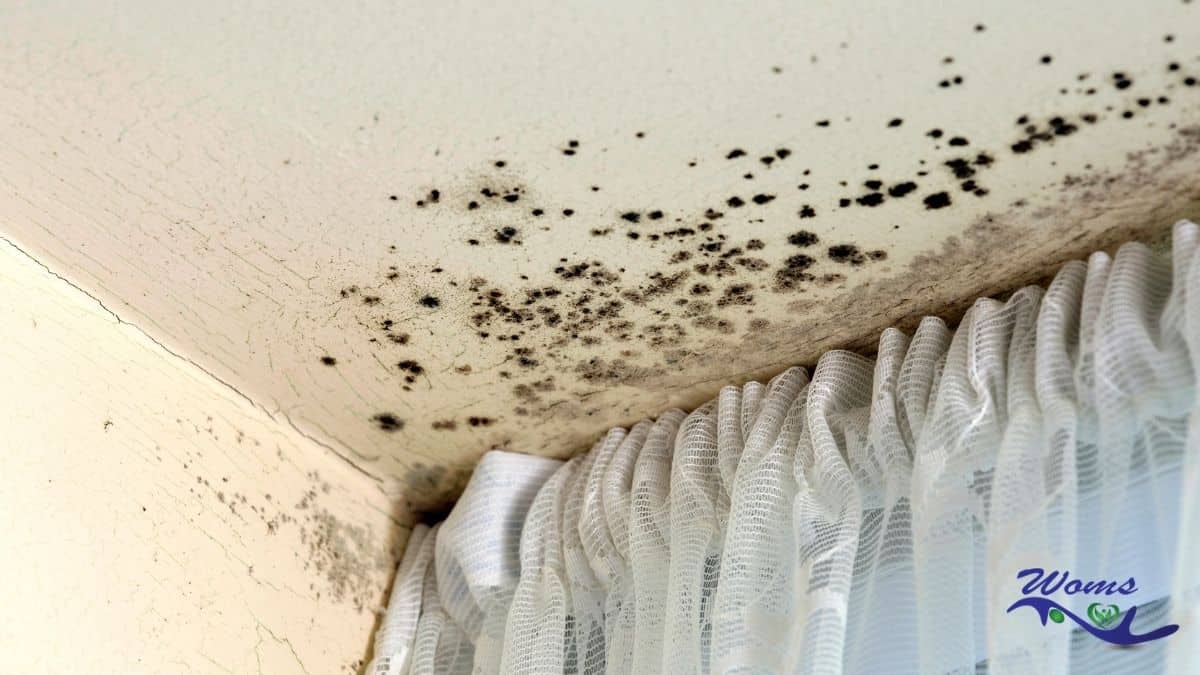How Can Mould Exposure in your Homes Affect Your Health?

Mould is a type of fungi that thrives on plant and animal matter, and accumulates best in damp and poorly ventilated areas, especially in the damp corners of your homes. These awfully smelling patches of mould are not only an eye-sore and a potential threat to the structural elements of the home, but can also have profound effects on your health.
When mould grows on a surface, spores are released into the air which makes it easier to be inhaled by people. If you’re sensitive to mould and inhale a large number of spores, you are a greater risk of experiencing mould-related health illnesses.
Also, people who may be more sensitive to the effects of mould include those with chronic lung disease, infants and children, the elderly, and people whose immune systems have been affected due to diseases like AIDS, cancer, chemotherapy, or liver diseases.
What are the Symptoms of Mould Exposure?
Mould exposure poses several health implications depending on the person, as some people are more sensitive to mould than the others. When an individual inhales mould spores with a compromised immune system, some of them may begin to grow on their living tissues. They can get attached to the cells along their respiratory tract, causing serious issues. Prolonged exposure to high levels of mould can trigger several health issues such as allergic reactions, chronic respiratory illness, throat and eye irritation, as well as skin irritation in some cases.
Here are some general symptoms to help you detect if you have been long exposed to mould.
- Sneezing or Sneezing fits
- Cough
- Watery or itching eyes
- Nasal and sinus congestion or a runny nose
- Respiratory problems, such as wheezing, difficulty in breathing, or chest tightness
- Throat irritation
- Skin irritation or rashes
Now, let’s highlight the health issues associated with prolonged inhaling of mould spores suspended in the air due to the damp corners and areas of your homes and offices.
Respiratory Illnesses and Allergies
Sufficient studies have indicated that damp indoor spaces are associated with upper respiratory tract problems such as coughing, and wheezing, especially in people with asthma. People with chronic lung illnesses are particularly at a higher risk of mould-related issues, and even small allergies can often result in severe reactions for them when exposed to mould. The symptoms that seem related to respiratory illnesses include nose and throat allergic symptoms, cough, and wheezing. Also, inhaling these mould spores can lead to severe asthma symptoms, a type of sinusitis chronic infection symptoms, and other obstructive, or allergic lung symptoms.
Research has also found that exposure to damp indoor environments can be associated with lung conditions called interstitial lung disease, hoarseness, sarcoidosis, and recurring cold-like symptoms.
It further indicated that there were symptoms like shortness of breath, and the development of asthma in people who did not previously suffer from it. Moreover, healthy children showed symptoms of lower respiratory problems including coughing, shortness of breath, wheezing, and chest tightness.
Other additional found symptoms include cancer, lung disease, skin irritations, respiratory infections, and fatigue.
Weakened Immune Systems
Studies demonstrated that prolonged exposure to this common mould present in our homes and workplaces actually pose extensive significant threats on multiple physiological systems and our immune responses, such as the fungal infections, mould-induced allergies, chronic inflammation, and the uncommon occurrence of hypersensitivity pneumonitis. These adverse effects are primarily due to the toxins that some moulds produce.
It also shows symptoms affecting multiple organs, the musculoskeletal system, as well as the central and peripheral nervous systems. So, people with compromised immune systems or those with chronic diseases can develop grave infections due to moulds. Therefore, it is necessary that you get rid of mould in your homes yourselves or with the help of mould removal Melbourne professionals.
Fungal Infections
Another potential health threat from mould exposure, especially for the people with weaker immune systems, is a systemic fungal infection. Research states that bacteria or chemical emissions from the mould are likely to be the leading cause behind the increased risk of bronchitis and respiratory infections, lung and skin infections, sinus infections, and digestive tract infections.
The presence of indoor mould could also lead to “Athlete’s foot” and thrush infections among many others. It has also been found that mould exposure is associated with Allergic broncho-pulmonary aspergillosis disease. It is caused by Aspergillus fungus, and people who develop this condition suffer from asthma, immune deficiency, or cystic fibrosis.
Mycotoxin Toxicity
Some mould types release toxic compounds called mycotoxins that are secondary metabolites produced by a fungi under certain environmental conditions. These toxins can pose serious health risks to humans and animals and can even be fatal. Only a mould termed as “toxic mould” produces mycotoxins, such as Stachybotrys chartarum. Mould may produce these toxins either before or after human exposure, thus, potentially causing toxicity. The symptoms of severe reactions include fever and difficulty in breathing.
However, it should be noted that prolonged exposure is found to be particularly riskier. Exposure to high levels of mycotoxins can cause neurological problems and, in some cases, can even lead to death. Other associated symptoms include pulmonary hemorrhage.
However, it is important to remember that mycotoxins are not being produced all the time, but are only excreted under specific growing conditions. But this does not imply that we should not take them seriously as mycotoxins can prove to be lethal to humans and animals only when the exposure is high enough.
Conclusion
Several factors are responsible for making you more prone to developing a mould allergy or worsen your existing allergy symptoms. Therefore, it is important to ensure that your house remains mould-free. Although, it’s quite impossible to get rid of all the mould and its spores growing in your home, you can always prevent the moisture and damp conditions in your house to stop mould multiplication. Since the mould spores can’t grow without specific conditions, reducing their favourable conditions in your home is the best method to eliminate mould growth, and to remain healthy.




